If you haven’t seen Takopi’s Original Sin, stop reading this and go watch this anime–unless you struggle with mental health and suicidal thoughts. Takopi’s Original Sin is a rough watch with beautifully ugly, deceptively difficult animation. It has 6 episodes on Crunchyroll. I will have to spoil the story to discuss the many layers this anime has. This anime may well be one of the most important releases of this year.
When the pink octopus alien from the Happy Planet crashes to Earth, it has no idea what it is getting involved with. It soon encounters 9-year-old Shizuka Kuze. Shizuka suffers from a difficult life. Her mother works as an escort and is involved with the father of Shizuka’s classmate Marina Kirarazaka. Shizuka’s own father is out of the picture. Shizuka’s mother adds to the abusive pressures Marina sees in her family. Marina’s parents constantly fight over her father’s infidelity and because of his controlling nature. Marina blames Shizuka for the breakdown of her family. She bullies and beats Shizuka. Shizuka’s only solace is her dog Chappy, which Marina also connives to take from her. The alien, which Shizuka names Takopi, tries to help bring happiness to both Shizuka and Marina. Takopi’s innocence adds to the story’s horror. Takopi doesn’t have a concept of sin or suffering. After Marina arranges for Chappy to be taken by animal control and put down for attacking her, Shizuka hangs herself using Takopi’s “Friendship Ribbon,” a Happy Gadget designed to make two people into friends. The ribbon is a play on the red-string of fate idea. Shizuka literally hangs herself on Takopi’s efforts to make her and Marina friends.
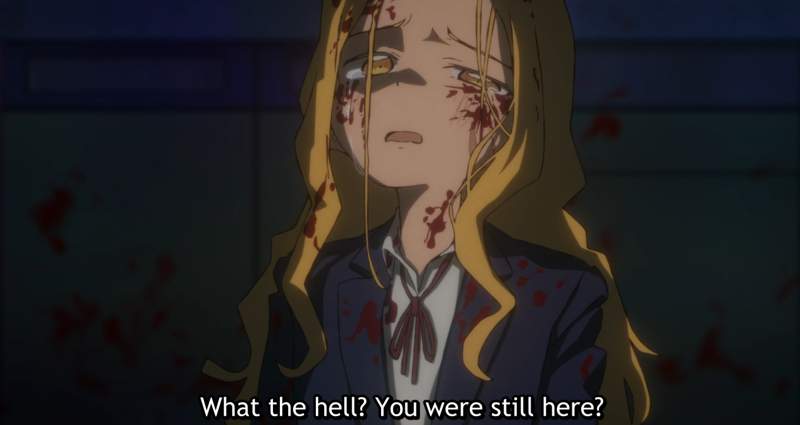
Takopi, however, has gadgets with the ability to turn back time. Takopi uses a camera which allows it to travel to the point in time within a photo. Using this, the alien attempts over-and-over to “make Shizuka smile” by drawing her and Marina together and by saving Chappy. Takopi’s innocence leads it to fail over-and-over again until one day Takopi uses the camera to kill Marina. Marina beats Shizuka as usual. Unable to take it any more, Takopi intervenes, smashing the camera against Marina’s temple and killing her. The camera is also broken, preventing Takopi from rewinding time. A boy named Naoki Azuma witnesses this event and helps Shizuka cover up the crime. Naoki crushes on Shizuka and has his own difficult family situation. His mother compares him against his high-achieving older brother, and Naoki falls short in her eyes. Naoki’s older brother, however, loves him and wants to support Naoki. Naoki doesn’t realize this until later in the story.
To cover up the murder, Naoki and Shizuka has Takopi use a Happy Gadget to pose as Marina. Takopi enters Marina’s abusive family situation with its innocence still relatively intact. The alien may have committed manslaughter–murder requires premeditation–Marina’s death still didn’t have much meaning. Takopi doesn’t understand the concept of sin…yet. Takopi immediately learns that Marina’s family life is as bad as, perhaps even worse than, what she had inflicted on Shizuka. Takopi is soon beat by Marina’s mother when she sees Takopi side with Marina’s father. Takopi, Shizuka, and Naoki believe Chappy is staying with Shizuka’s father in Tokyo. By going with Marina’s father to Tokyo, Takopi believed it could help find Chappy. After the thrashing, Takopi retreats to Marina’s room. Marina’s room is festooned with symbols of her lost innocence: plushies, girly decor, and the other trappings of a 4th grader. When Takopi looks at a mirror, it seems Marina’s face and her death finally crashes in. Takopi finally understands sin.
Meanwhile, Marina’s body is discovered, and the investigation draws closer to Shizuka. She uses Naoki’s crush for her to convince him to confess to the killing, presenting Takopi’s Happy Camera as evidence. Takopi flees Marina’s parents and joins Shizuka. Together, they go to Tokyo to find Shizuka’s dad and Chappy.
Using Takopi’s Happy Gadgets to help, Shizuka finds her father, who has moved on and has built a new family, complete with a dog–that is not Chappy. He doesn’t acknowledge Shizuka has his daughter, shutting her out of the apartment. After realizing Chappy is gone, Shizuka’s mental state cracks. She believes her dad and her half-siblings had eaten Chappy and wants to cut their stomachs open to get Chappy back. When Takopi tries to convince her to return home, to not kill, Shizuka beats him with a rock. This unlocks a memory in Takopi–he had originally been trying to help Marina in a previous timeline. The memory prompts him to turn back time one last time, sacrificing his life to restore to reset everything. His sacrifice leaves a faint memory in Marina, Shizuka, and Naoki. This memory prompts Marina and Shizuka to become friends. Naoki becomes closer to his older brother and overcomes his family pressure.
The happy ending in this series is a long-time coming. This story is dark. It is even darker because of Takopi’s innocence and lack of conceptualization of sin. There are many layers to this story:
- The consequences of parental behavior on children.
- The horror of sinless innocence.
- The complexity of pain.
The consequences of parental behavior on children.
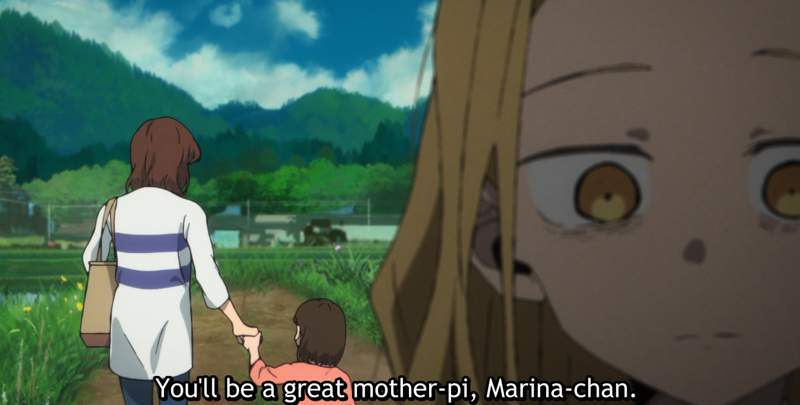
Shizuka, Marina, and Naoki all suffer the consequences for their parents’ poor behavior. Shizuka’s mother is paid by Marina’s father and works as an escort. We don’t know much beyond this. She’s largely absent from Shizuka’s life. Shizuka’s father also disowns Shizuka, leaving her an orphan for all purposes. This is why Shizuka relies so much on Chappy’s canine loyalty, love, and support. She has no other area for love until Naoki comes along. But Naoki’s affection for Shizuka comes from his desire for his mother’s love. Shizuka resembles his mother. But by the point Naoki enters Shizuka’s life, she’s already spiraled deep in a dark, despairing depression. She uses his misplaced affection as an instrument. She doesn’t reciprocate because she has never seen love reciprocated.
Marina’s parental situation is more developed. Her parents scream and smash things. Her father is also gone most of the time. He avoids her mother. Marina’s mother becomes mentally unbalanced when he divorces her. In Takopi’s original first contact with Earth, he works with Marina. In this timeline, Shizuka had unsuccessfully hanged herself and is taken out of the situation by Children’s Services. Marina’s mother had taken to drinking and ends up cutting Marina’s cheek with a broken bottle during a bout of rage. Marina is forced to care for her mother. Marina remains self-conscious about the scar. She digs into that deep scar sometimes. Marina and Shizuka’s mental and physical scars come from their parents’ poor choices and selfishness. Marina is better cared for materially than Shizuka. Marina’s room shows this in the scene with Takopi. Shizuka’s emotions are better supported by Chappy. Marina has a friend group, but they don’t offer the emotional support she needs. This is another reason why Marina targets Chappy as a part of bullying Shizuka. She doesn’t want Shizuka to have what she lacks.
While Shizuka’s parents are uninvolved and Marina’s are somewhat involved. Naoki’s mother is over-involved. She dominates Naoki. She withholds her love–in the form of pancakes–from him until he measures up to his older brother. Naoki is provided for materially and isn’t abused in the same way as Marina and Shizuka. His mother is overly invested in him. And this leads to his own mental problems.
The horror of sinless innocence.
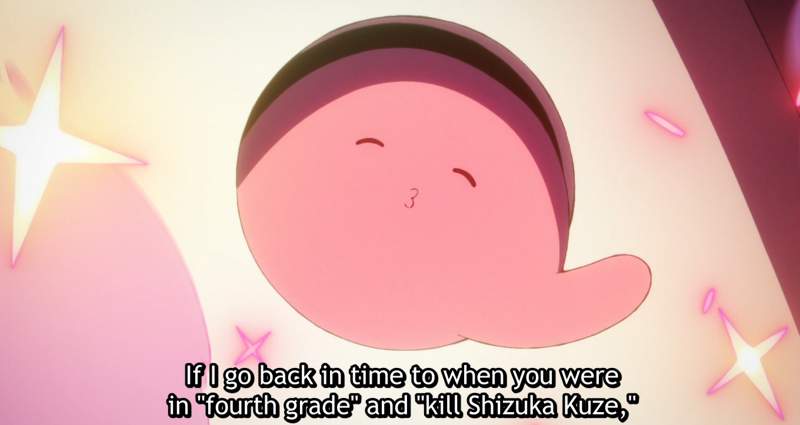
Takopi’s innocence provides a horrifying contrast to the events of the story. Takopi’s original sin is the alien’s lack of sin. Takopi doesn’t understand suffering or sin. The Happy Planet has only love and happiness. There’s no suffering, killing, or pain. Takopi has no frame of reference for what Marina and Shizuka experience. Its efforts to bring happiness to the fourth graders, while well intentioned, leads to more suffering. Takopi hurts Shizuka because of this lack of reference. Takopi lacks the wisdom and experience needed to help. Only after Marina’s death sinks in does Takopi understand sin and gains the capacity to help. Sadly, by then it was too late. Before that moment in front of the mirror, Takopi doesn’t understand death. Marina has people who love her, and Takopi took Marina’s life–her future and opportunity to love. At the same time, Shizuka smiles at Marina’s death. Shizuka is free from Marina’s spill-over pain. Shizuka’s joy confounds Takopi.
Takopi’s lack of sin touches on concepts within Judaism, Christianity, and Islam. In Takopi’s case, a lack of sin is a sin because of how much suffering its efforts to help causes. Takopi’s mission to spread happiness stands as impossible until it understands suffering. Takopi’s Original Sin acts as an inverse of the Adam and Eve story. In the story of Adam and Eve, their sin was taking knowledge by their own hand instead of waiting for God to teach them. Takopi seeks to help without waiting for the knowledge necessary to help. Takopi doesn’t want the knowledge Adam and Eve grasp. Takopi willingly leaves Eden. Adam and Eve are forced out. Adam and Eve act selfishly; Takopi acts selflessly–not even defending itself when Shizuka comes close to killing it. Takopi takes an inverse role of the serpent–urging Shizuka, Marina, and Naoki toward love. But Takopi’s lack of knowledge–where the serpent in the Adam and Eve story had knowledge–leads to as much suffering. Shizuka’s manipulation of Naoki has a shadow of the traditional view that Eve manipulates Adam to eat of the fruit. But Naoki had already plucked from the Tree of Knowledge before Shizuka uses his crush to help her. The 4th graders begin with the knowledge of sin but grasp after the concept of love which Adam and Eve took for granted.
Once Takopi understand death and sin, Takopi can then help. Takopi gives up its life to restore some of the lost innocence to the children. Takopi cannot wipe out the sins of the parents, but its sacrifice gives the children a chance. Where God curses the serpent in the Adam and Eve story, Takopi transcends through its understanding of sin.
The complexity of pain.

Pain brings out evil behavior in Marina and Shizuka. In a scene, Takopi asks Naoki about its conflicted feelings for Shizuka. At this point, Shizuka is acting as evil as Marina had in the beginning of the story. Naoki tells Takopi that humans are complicated; they are good and bad at the same time. Marina bullies Shizuka because she has no other way to cope with the suffering she experiences at home. And yet through this pain do the girls eventually bond after Takopi’s sacrifice. Takopi also learns how the death of one person can cause happiness and relief in another. Once Takopi experiences pain as Marina does it come to understand the complexity of pain. Pain expresses love’s void and creates that void. It creates good and evil within people.
Takopi’s innocent perspective looks deep into the complexity of pain and how it intersects with sin and happiness. Takopi doesn’t truly understand happiness until it understands pain. Its final sacrifice for the sake of the kids seems to bring it more happiness than living on the Happy Planet. Only by gaining the knowledge of sin is Takopi able to bring happiness.
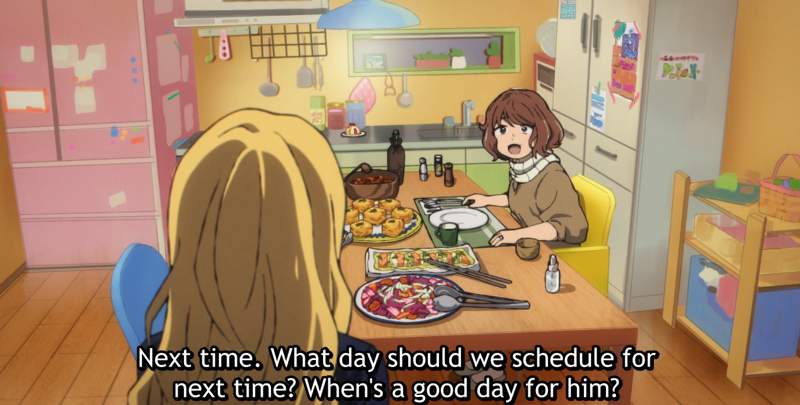
The parental theme stuck out to me. I’ve seen the consequences of selfish and small-sighted parents on their children when I worked as a librarian. Takopi’s Original Sin hits too close to many situations. And sadly Children’s Services are often stretched too thin to catch all cases of abuse. Shizuka’s case is not uncommon: dad is out of the picture and mom doesn’t care. There’s a lot of feral children. Marina’s case is also tragically common with ugly divorces. Parents in these situations will weaponize the child against the other, which can lead to a mental breakdown for the caregiver parent. This is most often the father who is forced to be out of the picture. Like Marina, some of these kids become bullies. I saw more bully-girls, like Marina, than boys who bully. The boys I saw from messily divorced parents retreated into video games. This is anecdotal of course.
Takopi’s Original Sin does difficult things with its line quality. The details and the variable width of the lines remains stable throughout each frame. The linework adds to the emotional weight of what the kids experience. It contrasts against Takopi’s lack of line variation. Takopi comes off as more ethereal and otherworldly because of its flatter treatment. The lines also denote the kids’ descent into suffering. The lines convey dirt, bruises, and pain.
Takopi’s Original Sin touches on more than what I sketch here. It uses contrast well to convey the horror of the story’s events. This is the type of story which remains with you long after the final frame. Highly recommended.

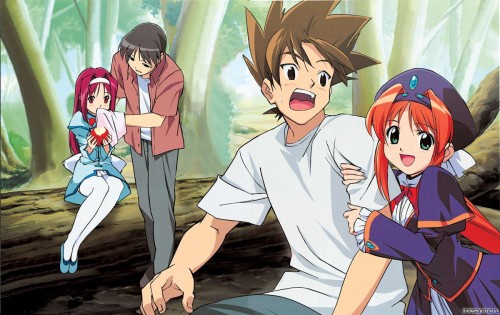

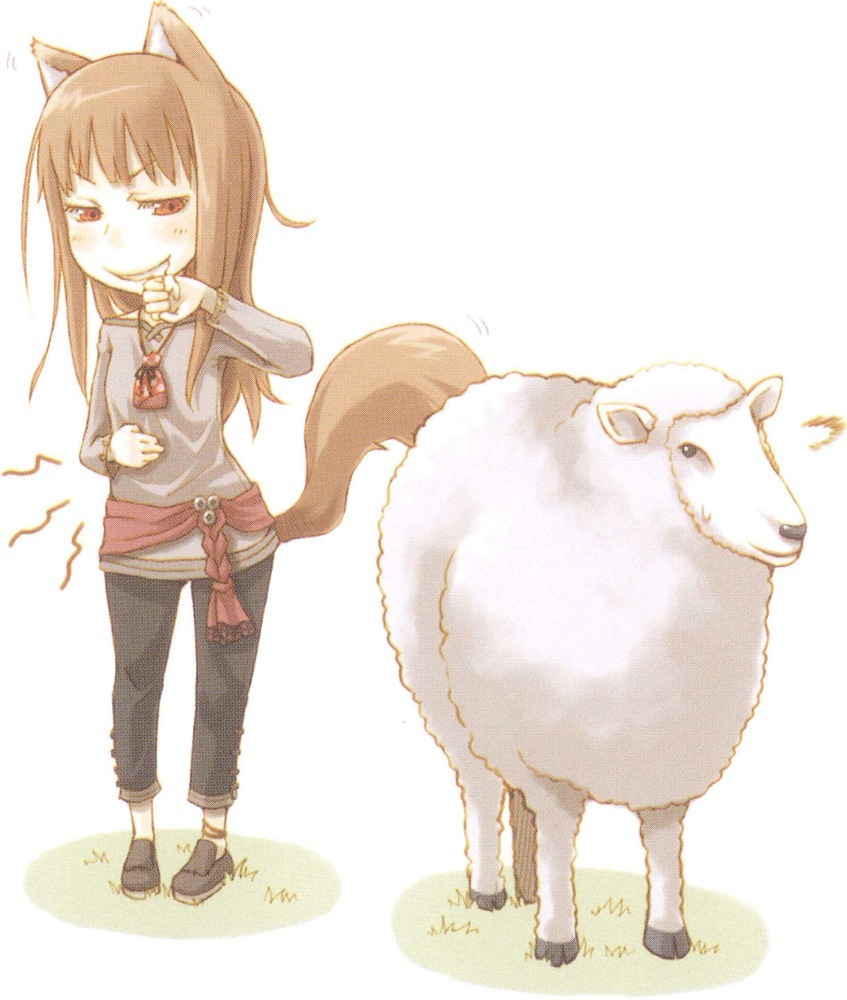
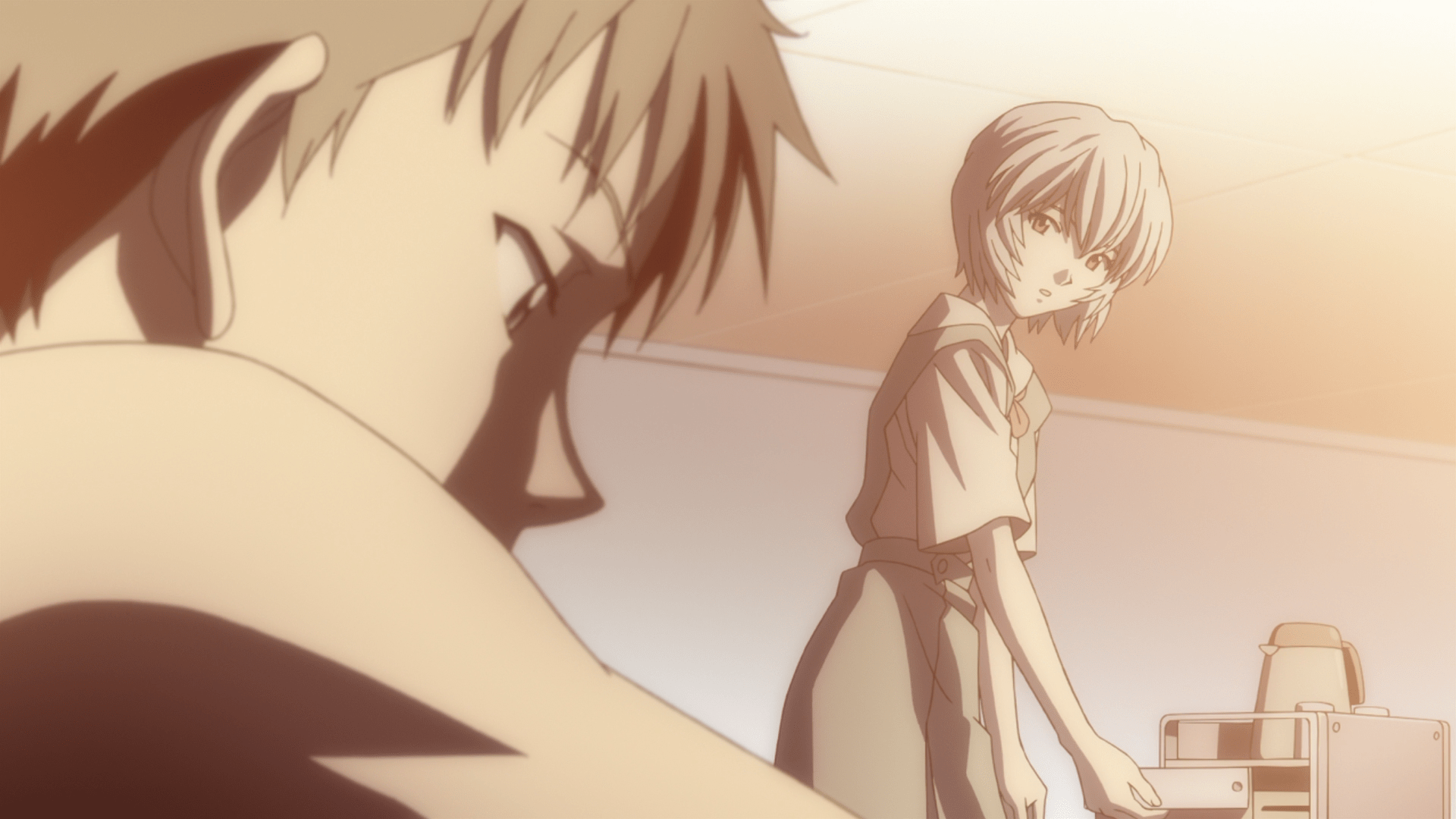

Yooo, you wrote about Takopi’s Original Sin! I always felt that this series is about the effects of constant positivity being able to solve all of life’s problems when it doesn’t. Chasing happiness for its own sake goes nowhere. That’s what drew me into the original source material in the first place.
Understanding pain is important to understanding happiness. You’re right about that.
The constant positive is positively horrifying in the story! The happiness theme nails how poisonous the chase can be. There’s a lot going on with this story.